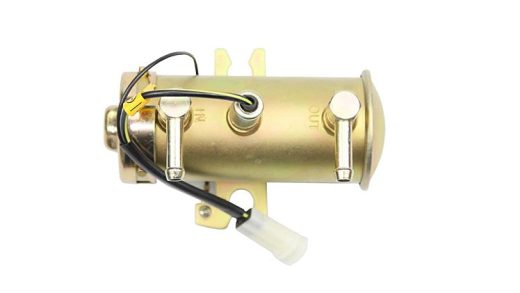Rust is a common problem that affects the longevity and performance of cars. It not only diminishes the aesthetic appeal of vehicles but also poses serious structural concerns. In this blog post, we will delve into the factors that determine how long cars with rust can last. By understanding these factors, you can make informed decisions about maintenance, repairs, and potential resale value.
1. The Impact of Rust on Car Lifespan:
Rust compromises the structural integrity of a vehicle, leading to potential safety hazards and reduced lifespan. The rate at which rust spreads depends on various factors, including climate, driving conditions, and maintenance practices. It is crucial to address rust issues promptly to prevent further damage and extend the life of your car.
2. Factors Affecting Rust Progression:
a. Climate and Environmental Conditions:
– Humidity, salt, and moisture accelerate rust formation.
– Coastal areas and regions with harsh winters are more prone to rust.
– Regular exposure to rain or snow without proper protection can expedite rusting.
b. Driving and Maintenance Habits:
– Frequent exposure to gravel, debris, or chemicals on roads can lead to paint damage and rust.
– Neglecting regular car washes and waxing can leave the vehicle vulnerable to rust.
– Delaying repairs or ignoring small rust spots can allow corrosion to spread rapidly.
c. Quality of Materials and Anti-Rust Treatments:
– Cars manufactured with high-quality materials and advanced anti-rust treatments tend to have a longer lifespan.
– Proper factory-applied coatings, galvanization, and rustproofing measures can significantly slow down rust progression.
3. Assessing the Severity of Rust:
a. Surface Rust:
– Superficial rust that affects only the outer layer of the car’s body can be treated and repaired relatively easily.
– Regular cleaning, sanding, and applying rust inhibitors can prevent further damage.
b. Structural Rust:
– Rust that affects critical components like the frame, suspension, or chassis requires immediate attention.
– Extensive repairs or even replacement may be necessary to ensure safety and prolong the car’s lifespan.
4. Extending the Lifespan of a Rust-Affected Car:
a. Regular Maintenance:
– Thoroughly clean the car, paying attention to hidden areas prone to rust.
– Apply protective coatings, such as wax or sealants, to create a barrier against moisture and salt.
– Promptly address any signs of rust, seeking professional assistance if needed.
b. Rust Prevention Measures:
– Rustproofing treatments, such as undercoating and cavity wax, can provide an additional layer of protection.
– Rust inhibitors and electronic rust prevention systems can slow down the rusting process.
c. Professional Inspections:
– Regular inspections by certified mechanics can help identify and address rust-related issues early on.
– Professionals can assess the severity of rust and recommend appropriate repairs or preventive measures.
Conclusion:
The lifespan of cars affected by rust depends on various factors, including climate, driving habits, maintenance practices, and the severity of rust. By understanding these factors and taking proactive measures, you can significantly extend the life of your vehicle. Regular maintenance, rust prevention treatments, and professional inspections are essential to ensure safety, preserve value, and maximize the lifespan of your car. Remember, addressing rust issues promptly is key to preventing further damage and costly repairs.


